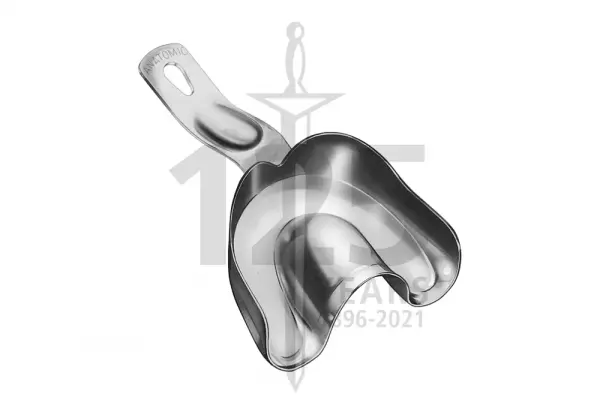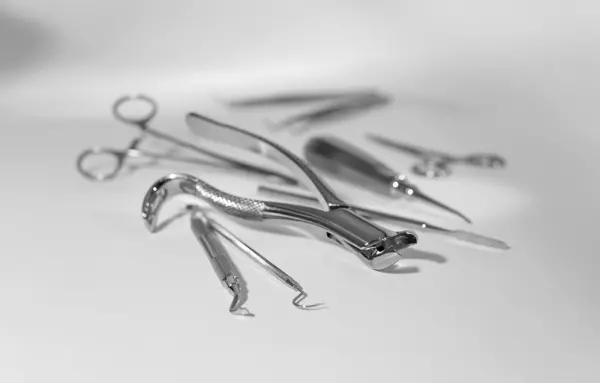
Impression Trays Dental - Tooth Replacement...
Impression Trays Dental - Tooth Replacement / Correction / Orthodontics made by Schwert 4970...
Portal and digital medical technology fair of the largest MedTech cluster in Germany

Impression Trays Dental - Tooth Replacement...
Impression Trays Dental - Tooth Replacement / Correction / Orthodontics made by Schwert 4970...

Surgical instruments for cranio-maxillofacial...
Maxillofacial surgery, including cranial surgery, encompasses a wide range which incorpora...

With over 40 years of experience in the field of medical technology, Our dental program offers a wid...

Fracture Splints - Dental Surgical Instruments
41.905.00 FRACTURE BENDING- FRACTURE WIRE- SPLINTS ERICH, WITH HOOKS, IN COILS OF 1 METER, 41....

The present invention relates to the production of mouthguard splints with thermo-forming foils. These splints are intended to protect the front teeth from clenching and grinding. They include a stripe-shaped reinforcing segment 1 and two adjacent neutral segments 2. These segments are joined by high-frequency welding. The inventive splints are adapted to fit comfortably on the teeth.
These splints are fabricated using a process called thermo-forming. The main material used to manufacture dental splints is a thermo-forming foil composite. One side is a mandibular arch shield, while the other is a base foil. The thermo-forming technique is used to bond these two layers. The resulting splint is durable and flexible.
This test is an objective measure of the protection of a mouthguard versus a control group. A group of individuals who have undergone a jaw surgery, for example, was tested for how well their mouthguards absorbed an impact from different heights. In this test, a digital image correlation system was used to record the entire process. The images were then transferred to a data processing software, which analyzed the impact speed, impact depth, and rebound height. The energy absorption ratio was determined and the different materials and thicknesses of the two groups were compared.
There are different types of mouthguard splints, but each is used to treat a specific disorder. Choosing the right one for your case will depend on the severity of the condition and the symptoms you want to cure. For example, there are two different forms of TMD, which are characterized by jaw-clenching or bruxism. While these disorders are similar, they are different in their symptoms and treatment methods.
A dental technician will design a custom mouthguard splint for you. The dentist will create a mandibular arch shield that matches your jaw size. The mandibular arch shield is shaped to match your jaw, and a base foil is then laid on top. A thermo-forming foil is placed on the mandibular arch shield. The two components are laminated together, so that it fits snugly and effectively.
An acrylic mouthguard was invented in 1948 by Rodney O. Lilyquist. The splint was designed to fit over the teeth and was a great improvement over the boxer mouthguard because it allowed the patient to speak normally while wearing it. In 1949, Dr. Lilyquist published a procedure for manufacturing an acrylic mouthguard and was recognized nationwide as the father of the modern athletics mouthguard.
The dental technician arranges a V-shaped foil over the model of the jaw. The reinforcing segment is higher in Shore hardness than the neutral segments and rests over the other teeth. The dental technician uses a thermo-forming process to produce the splints and chooses the V-shaped area that fits the jaw properly. Various materials are used in the manufacture of these mouthguard splints, including silicone, bioplastics, plastic, and metal.
Become a digital exhibitor yourself in the online portal of the largest and best-known MedTech cluster region in Germany and inform the world of medical technology about your products and services as well as about news, events and career opportunities.
With an attractive online profile, we will help you to present yourself professionally on our portal as well as on Google and on social media.